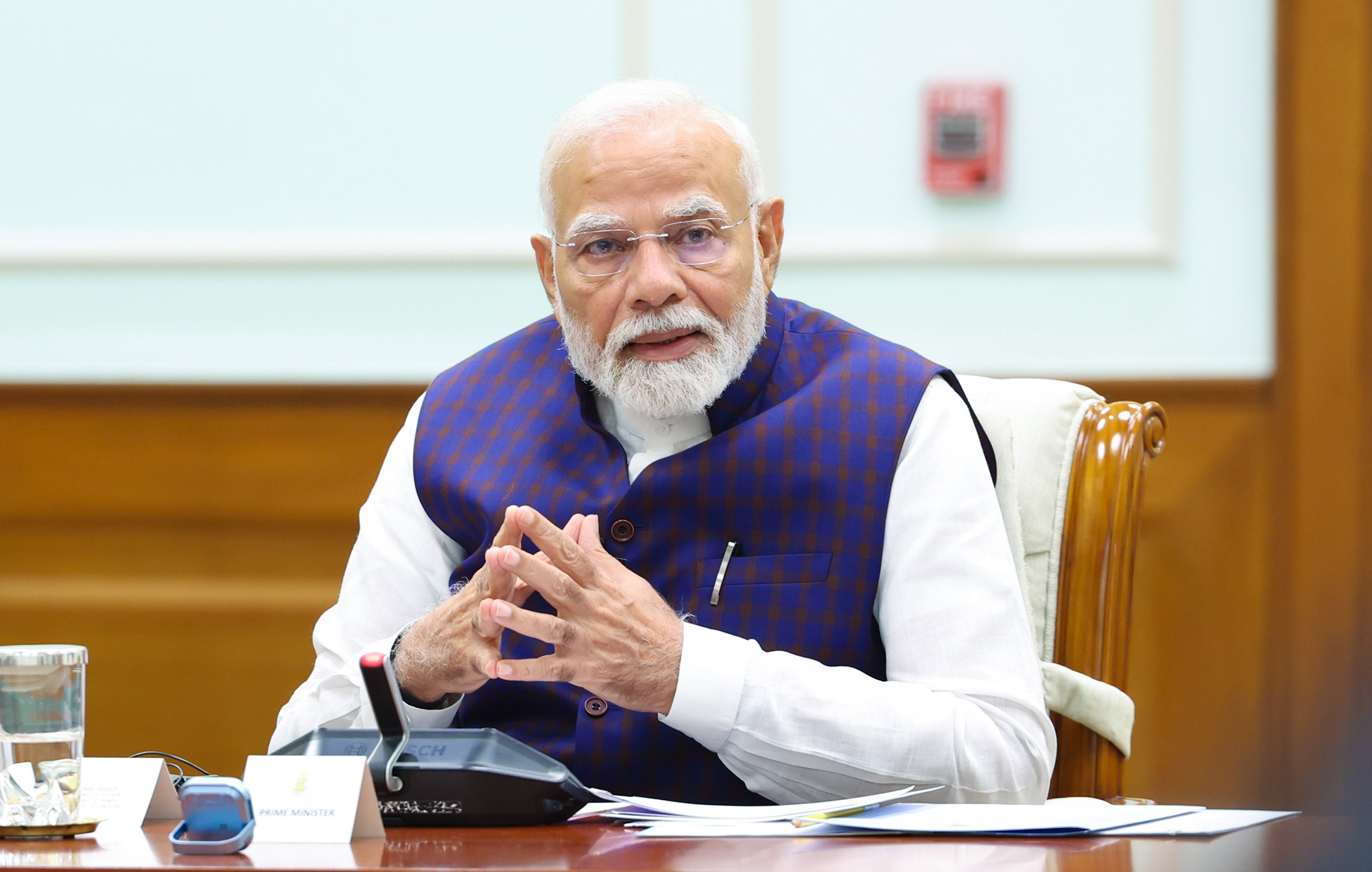Prime Minister Narendra Modi on Monday highlighted how the government’s sustained efforts are shaping a new urban India with cleaner streets, improved housing, faster Metro connectivity, and greener cities.
Responding to an article written by Union Minister for Housing and Urban Affairs Hardeep Singh Puri, PM Modi said, “Indian cities are turning into engines of growth! Union Minister Hardeep Singh Puri outlines how consistent efforts of the government are paving the way for cleaner streets, better housing, faster Metros, and greener cities.”
In his article, Puri noted that “Indian cities are once again on the path to being modern yet humane, ambitious yet inclusive, global in outlook yet rooted in our values.”
He stressed that while India continues to demand more from its cities, it is also important to acknowledge the distance already covered. “For decades after Independence, India’s urban spaces were an afterthought. Jawaharlal Nehru’s fascination with Soviet-style centralisation gave us the likes of Shastri Bhavan and Udyog Bhavan – concrete monoliths that were already crumbling by the 1990s, monuments to bureaucracy rather than service,” Puri wrote.
He pointed out that by the 2010s, central Delhi presented a dismal picture – potholed avenues, drab and leaking government buildings, and choked peripheral roads in the National Capital Region (NCR). Expressways were scarce, Metro networks were limited to a handful of cities, and civic infrastructure was visibly decaying. “A country aspiring to global leadership had a capital city that reflected neglect,” he said.
Puri credited PM Modi with changing that trajectory, placing cities at the heart of the national development agenda and treating them as engines of growth and symbols of pride. “The transformation is visible everywhere. The Central Vista redevelopment turned Kartavya Path into a people’s space, the new Parliament building into a future-ready institution, and Kartavya Bhawan into a streamlined hub for governance. Where once there was decay, there is now ambition and confidence,” he said.
Backing this transformation with data, Puri highlighted that between 2004 and 2014, cumulative central investment in India’s urban sector was around ₹1.57 lakh crore. Since 2014, this figure has surged nearly 16 times to about ₹28.5 lakh crore, driving an unprecedented reshaping of India’s urban landscape.
He also pointed to India’s broader economic and digital surge, which has amplified the pace of urban renewal. Today, India is the world’s fourth-largest economy, with a GDP of around $4.2 trillion and robust digital infrastructure supporting everyday life.
The Metro revolution, Puri noted, illustrates this transformation vividly. “In 2014, India had about 248 km of operational Metro across five cities. Today, over 1,000 km span more than 23 cities, carrying over one crore passengers daily. Dozens of new corridors are under construction – from Pune and Nagpur to Surat and Agra – making urban commutes faster, cleaner, and safer. This is not just about steel and concrete; it is about reduced travel times, cleaner air, and millions of hours of productivity returned to citizens,” he said.
Urban connectivity is also being redefined, with projects like the newly inaugurated Urban Extension Road-II easing traffic congestion across NCR by linking NH-44, NH-9, and the Dwarka Expressway. India’s first Regional Rapid Transit System (Delhi–Meerut) is already operational on major sections and nearing full commissioning, promising end-to-end travel of under an hour.
“These high-speed, integrated systems are defining a new metropolitan logic for a new India,” Puri concluded.
(With inputs from IANS)










